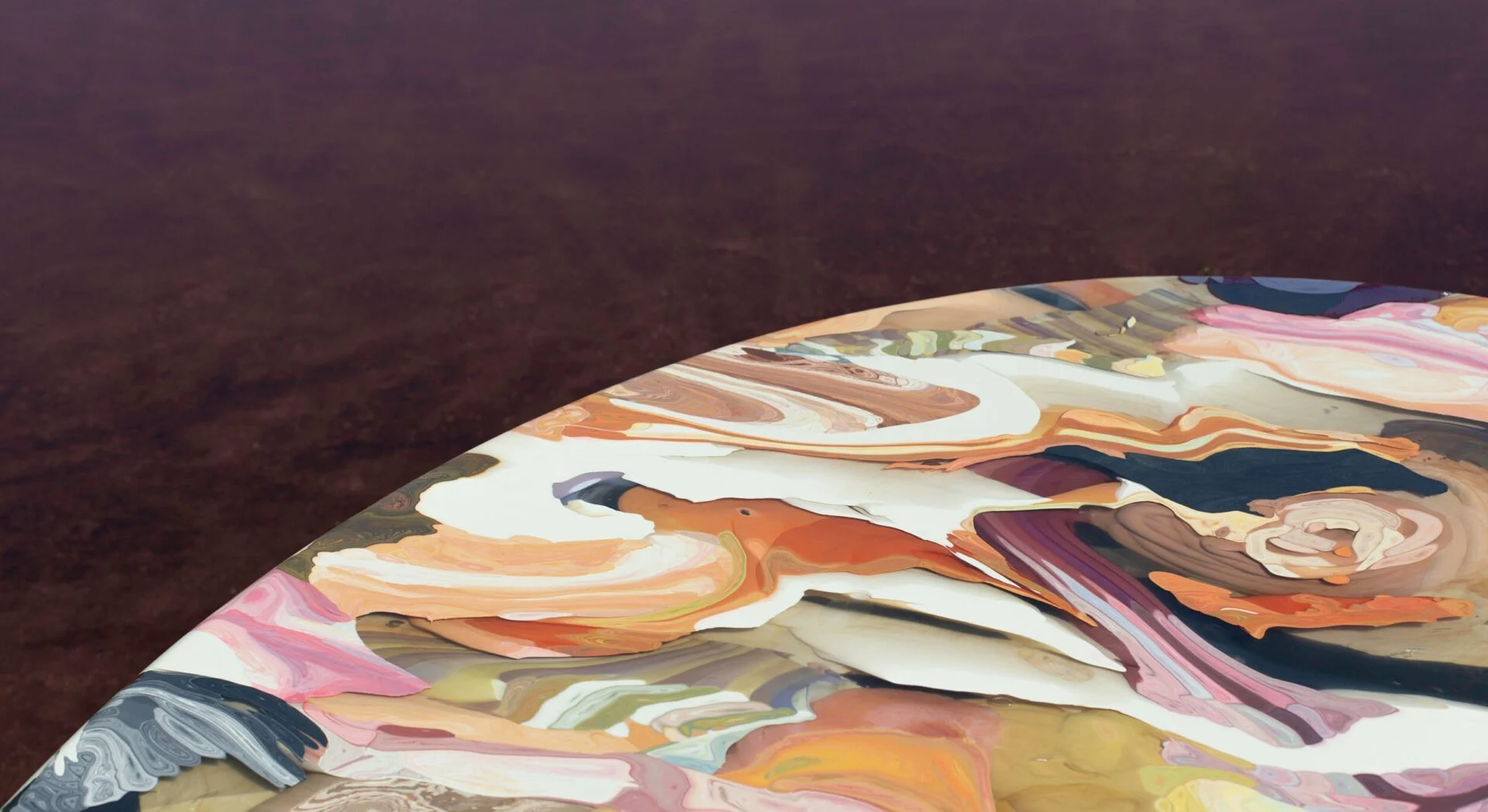Dirk Vander Kooij’s Melting Pot Tables: A Celebration of Material Rebirth
DIRK VANDER KOOIJ STUDIO
Based in the Netherlands, Dirk Vander Kooij’s studio is a pioneer in sustainable design, blending innovation with artistry. Their Melting Pot Tables are more than furniture—they’re sculptural masterpieces that breathe new life into recycled plastics. Each table, handcrafted and fully customisable, is a unique expression of raw beauty and refined minimalism. With a commitment to sustainability and bold aesthetics, the studio transforms waste into timeless works of art that redefine modern living.
The Art of Material Alchemy
In his studio, Vander Kooij reimagines everyday objects—ranging from discarded chairs and vases to CDs and agricultural tubing—by reshaping them through a specially developed press. These pieces, once destined for obsolescence, are reborn as indestructible, functional art. With every table, the studio showcases the unmanipulated texture and intricate fibre of the materials, allowing their stories to unfold in new ways.
“By exposing their texture, unmanipulated, we reintroduce plastics as truthful and autonomous,” says Vander Kooij, reflecting his philosophy of honouring the material’s original form. His approach not only redefines our perception of plastics but elevates them to a new level of artistry.
Minimalist Design with Depth
Though minimalist in design, each Melting Pot table carries layers of history within its composition. The pieces seamlessly blend raw texture with a modern aesthetic, offering a tactile experience that adds depth and character to any room. Vander Kooij’s tables are a statement of both sustainability and artistry, designed to last a lifetime while celebrating the inherent beauty of reclaimed materials.
These tables don't merely serve as functional objects—they become conversation pieces, offering a fresh perspective on design by allowing the materials to speak for themselves.
A New Vision for Plastics in Design
Dirk Vander Kooij’s work represents a quiet revolution in material design, where plastics are reintroduced not as waste, but as valuable, autonomous elements of contemporary craftsmanship. His Melting Pot tables invite us to rethink the potential of overlooked materials, celebrating their transformation into timeless, sculptural masterpieces.
WEBSITE | https://dirkvanderkooij.com
INSTAGRAM | https://www.instagram.com/dirkvanderkooij
EMAIL | office@kooij.com




